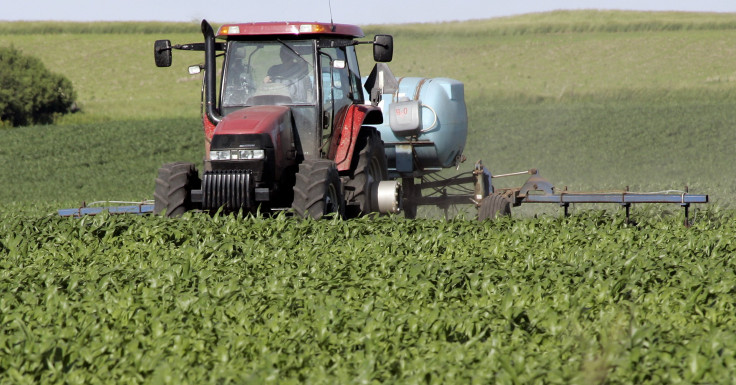Plunging Corn Prices Bode Ill For Midwestern Property Values

After a historic drought in 2012 and a record harvest in 2013, corn prices have plunged this year. Though it's not exactly a bubble bursting, Midwestern farmers are under a lot of pressure, and that is reflected in the falling value of the land they work.
“Profits will be tighter. There’s not going to be near the returns,” Illinois farmer Greg Plunk told The Wall Street Journal, adding that “guys will have to be careful how much expenses they’ve got into an acre.”
In January, the Federal Reserve cautioned that corn prices wouldn’t be high enough to cover the cost of harvesting it.
Since a record high of $8.31 a bushel in August 2012, prices have fallen to less than half of that. To date, prices have fallen 23.7 percent from a high point on May 31.
In turn, the land used to harvest such crops is becoming less and less valuable.
According to the Farm Credit Services of America, 6.7 percent of land auctions in Iowa were “no sales” in 2013 -- more than double the rate of the year before – and auction activity in Nebraska was down 30 percent.
In 2013, U.S. net farm income reached $130.5 billion – the highest since 1973. But on Tuesday the U.S. Department of Agriculture forecast that American farmers will see income of just $95.8 billion this year – the lowest figure since 2010.
This slump, plus an expected increase in interest rates by the Federal Reserve, means farmers are going to have a tough time taking out loans to buy new equipment, supplies or land this year.
Consequently, agricultural equipment companies aren’t looking forward to strong sales this year. On Wednesday, Deere & Co (NYSE:DE) predicted up to 10 percent fewer sales in 2014 for the U.S. and Canada.
© Copyright IBTimes 2025. All rights reserved.






















